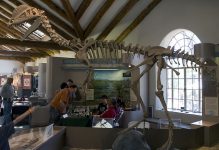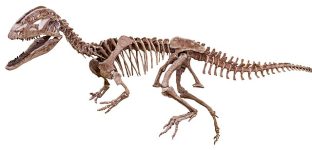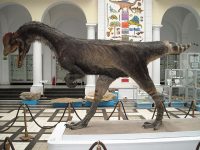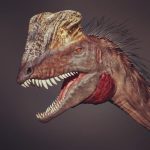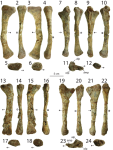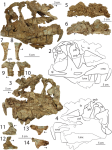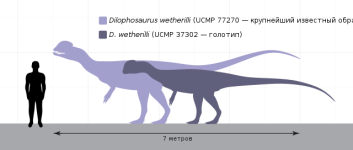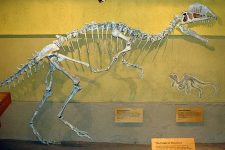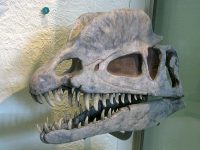Dilophosaurus
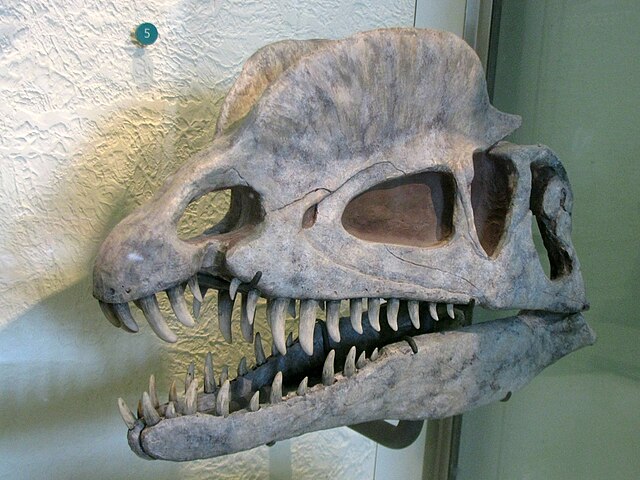
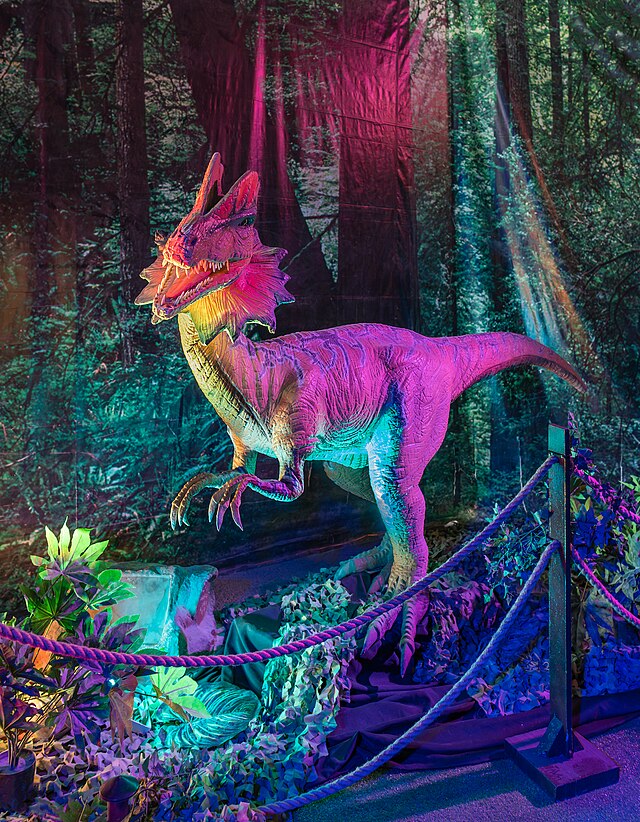
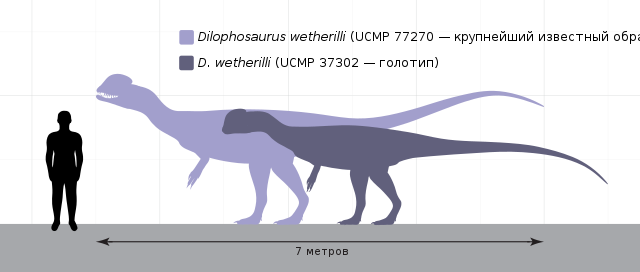
DILOPHOSAURUS
Dilophosaurus is a genus of theropod dinosaur that lived during the Early Jurassic period, approximately 193 to 188 million years ago. Dilophosaurus is one of the earliest large predatory dinosaurs known from the Early Jurassic period. Its discovery has provided valuable insights into the diversity and evolution of theropod dinosaurs during this time. Studying Dilophosaurus fossils has helped scientists understand the evolution of crests and display structures in dinosaurs, as well as their ecological roles and interactions within ancient ecosystems.Here are some key details about Dilophosaurus
SIZE AND ANATOMY:
- Size: Dilophosaurus was a medium-sized theropod, reaching lengths of about 6 meters (20 feet) and standing around 2 meters (6.5 feet) tall at the hips. It weighed around 400-500 kilograms (880-1100 pounds).
- Crest: The most recognizable feature of Dilophosaurus is its double crest on the top of its skull. These crests were thin, bony extensions that may have been used for display purposes, possibly to attract mates or intimidate rivals.
- Teeth: Dilophosaurus had long, curved teeth with serrated edges, typical of carnivorous dinosaurs. Its jaws were equipped for gripping and tearing flesh.
BEHAVIOR AND ECOLOGY
- Dilophosaurus fossils have been found in North America, specifically in the Navajo Sandstone Formation of Arizona and Utah. This environment was likely semi-arid with seasonal rivers and forests during the Early Jurassic.
- Carnivorous Diet: Dilophosaurus was a carnivorous predator, feeding on small to medium-sized animals. Its teeth and jaws were adapted for capturing and consuming prey, suggesting it hunted vertebrates like early mammals and other small dinosaurs.
- Social Behavior: It is believed that Dilophosaurus may have been a solitary hunter, although some evidence suggests it could have lived in small groups or family units.
FOSSILS AND DISCOVERY:
- Dilophosaurus was first discovered in 1942 by Sam Welles in Arizona, USA. The name “Dilophosaurus” means “double-crested lizard,” referring to the distinctive double crest on its skull.
CLASSIFICATION
- Kingdom: Animalia – Dilophosaurus belongs to the kingdom Animalia, as it is a multicellular, eukaryotic organism.
- Phylum: Chordata – Dilophosaurus is classified under the phylum Chordata, as it possesses a dorsal nerve cord, notochord (at least in early development), pharyngeal slits, and a post-anal tail at some point in its life cycle.
- Class: Reptilia – Dilophosaurus falls within the class Reptilia, as it was a reptilian dinosaur.
- Superorder: Dinosauria – Dilophosaurus is classified under the superorder Dinosauria, which includes all dinosaurs.
- Order: Saurischia – Within the superorder Dinosauria, Dilophosaurus belongs to the order Saurischia. Saurischian dinosaurs are characterized by their lizard-like hips and include both theropods (like Dilophosaurus) and sauropodomorphs.
- Suborder: Theropoda – Dilophosaurus is specifically classified under the suborder Theropoda, which includes bipedal carnivorous dinosaurs.
- Family: Dilophosauridae – Dilophosaurus belongs to the family Dilophosauridae, a group within the infraorder Ceratosauria. This family includes medium-sized theropods with distinctive crests on their skulls.
- Genus: Dilophosaurus – Dilophosaurus is the genus name, referring specifically to this genus of theropod dinosaurs.
- Species: There is one recognized species within the genus Dilophosaurus:
- Dilophosaurus wetherilli
FUN FACTS:
- Double Crest: Dilophosaurus is known for its distinctive double crest on its skull, which gives it a unique appearance among theropod dinosaurs. These crests were thin, bony structures that likely played a role in display and communication, possibly for attracting mates or intimidating rivals.
- Size and Adaptations: Despite its portrayal in popular culture as a smaller dinosaur, Dilophosaurus was actually quite large, reaching lengths of about 6 meters (20 feet) and standing around 2 meters (6.5 feet) tall at the hips. It had long, curved teeth with serrated edges, ideal for gripping and tearing flesh, indicating it was a formidable predator in its ecosystem.
- Early Jurassic Predator: Dilophosaurus lived during the Early Jurassic period, approximately 193 to 188 million years ago. It was one of the earliest large predatory dinosaurs known from this time, showcasing the diversity of theropod dinosaurs during the early stages of dinosaur evolution.
- Popular Culture: Dilophosaurus gained widespread recognition beyond paleontology due to its portrayal in the movie “Jurassic Park.” In the film, it was depicted with fictionalized traits such as a frill around its neck and the ability to spit venom. While these features are not supported by scientific evidence, they contributed to its memorable depiction in popular culture.
